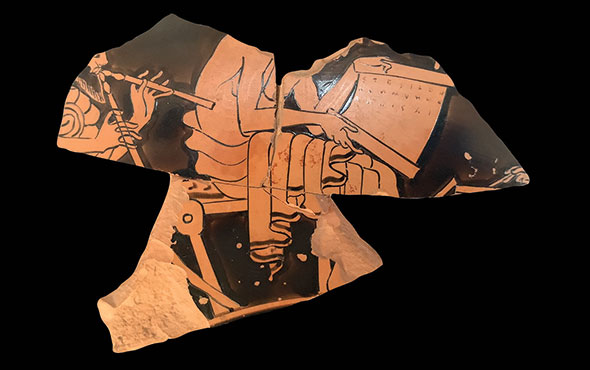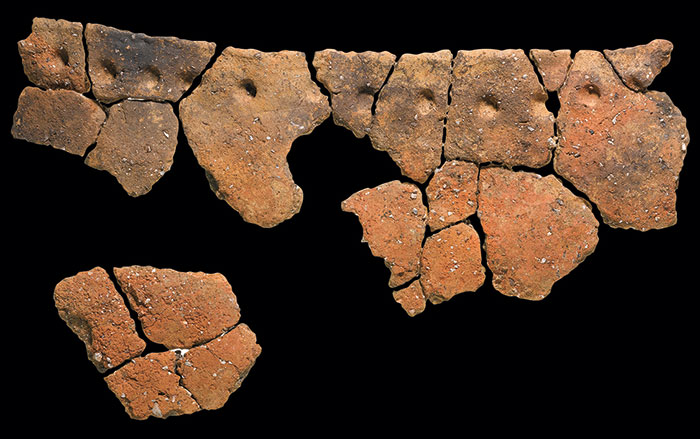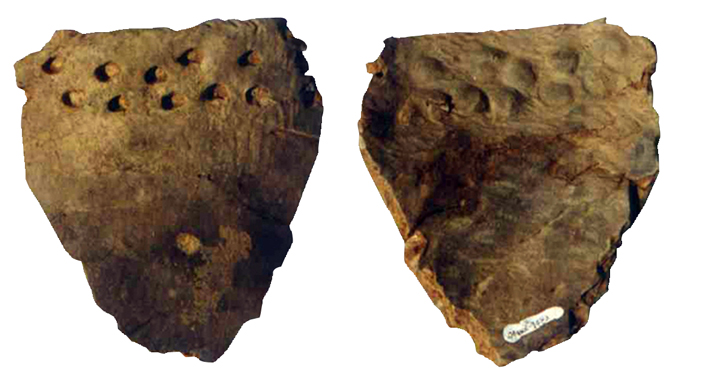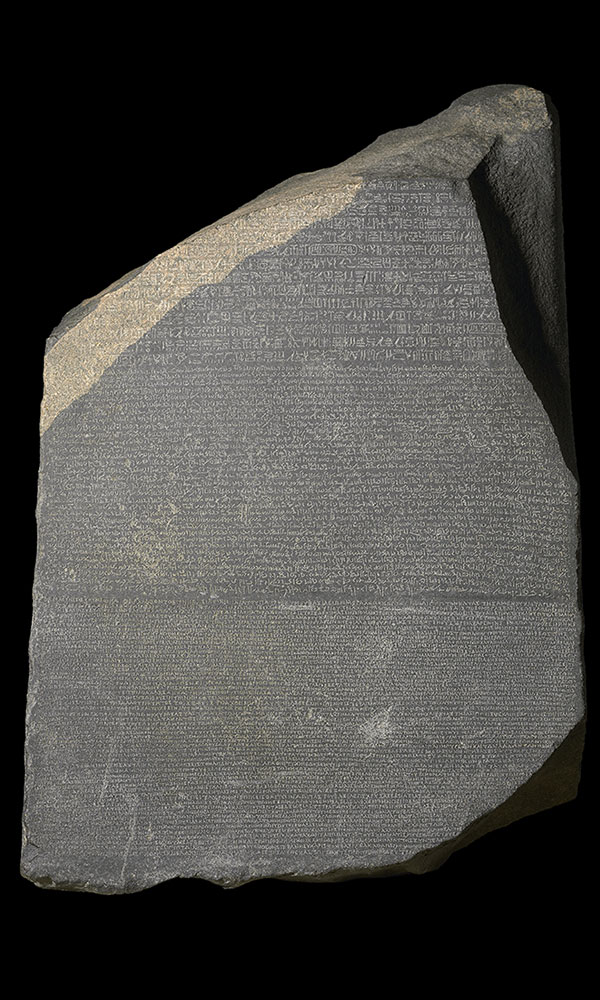
KYOTO, JAPAN—The Asahi Shimbun reports that researchers led by Kenichi Yano of Ritsumeikan University investigated the Tsuzuraozaki Kotei Iseki archaeological site, which is located under more than 200 feet of water in Lake Biwako, with an underwater robot. The site is known for containing a wide variety of pottery dating from as early as 8000 B.C. to the twelfth century A.D., and may have served as a dumping ground. The researchers spotted a Haji pottery urn, measuring about a foot long and dating to the sixth to eighth century A.D., and shallow, grayish-black bowls thought to be Sue pottery, made in Japan and southern Korea for funeral and ritual use beginning in the fifth century A.D. Strong currents in the lake are thought to have kept the pieces free from silt. For more, go to “Japan’s Early Anglers.”











